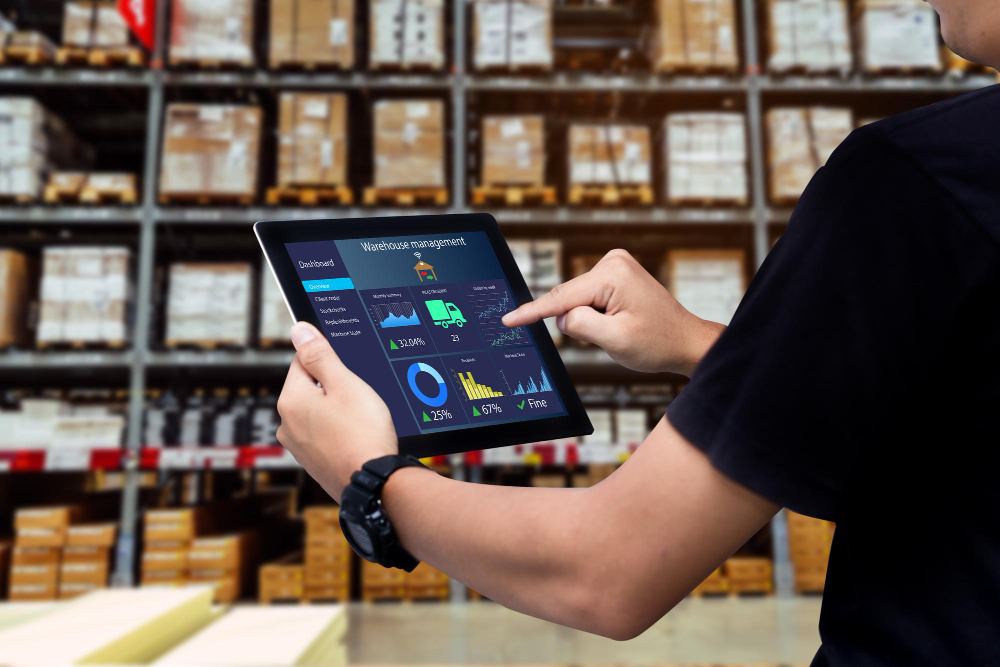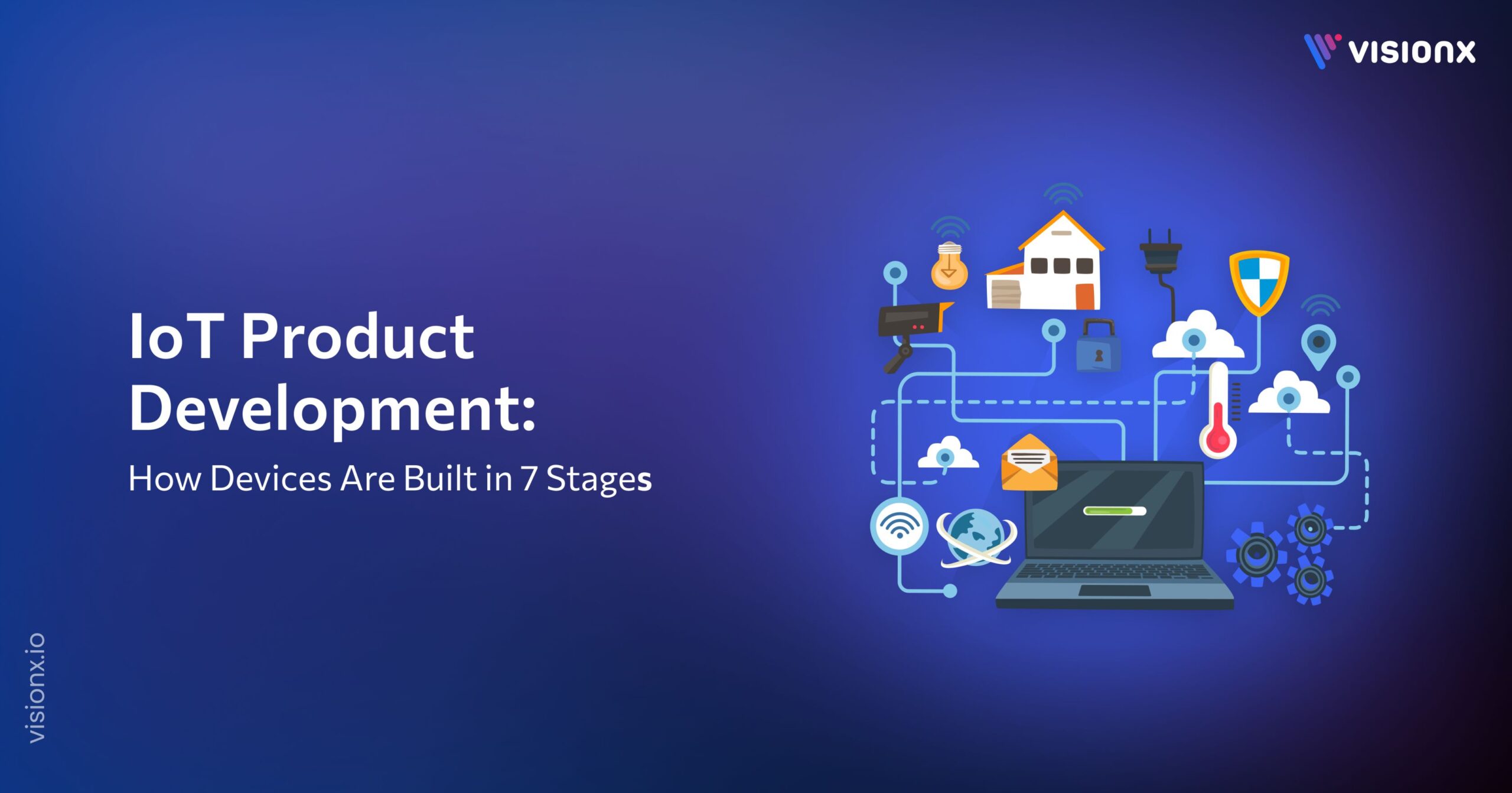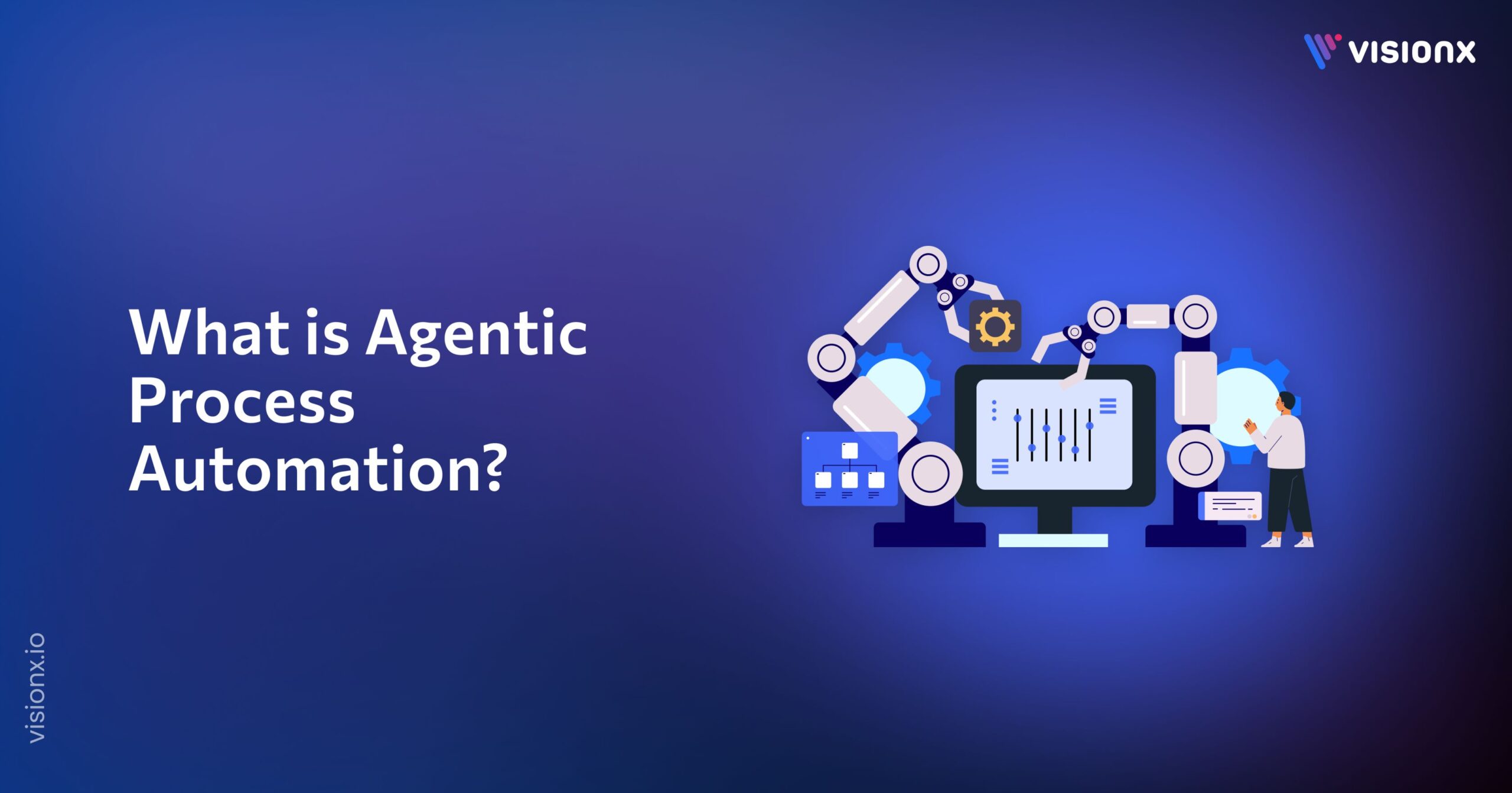With rapid shifts in consumer preference and stiff competition, retailers are bewildered amidst an avalanche of available data. Such difficulties generally lead to lost chances, wrong promotional campaigns, and no growth in sales and revenue.
Retail business intelligence (RBI) appears to be one of the most efficient answers that give retailers the power to connect with the data and use it to drive change. Using RBI, organizations are able to discover and track customer behavior changes over time and even manage how the stock is kept and promotions initiated.
This blog looks at how RBI can be employed to improve sales performance, discusses its components, and offers ways of putting it into practice to help retailers survive in a competitive and ever-changing market.
What is Retail Business Intelligence?
Retail Business Intelligence refers to strategy, tools, and technology for the aggregation, analysis, and reporting of data generated from the point of purchase. The RBI allows the conversion of raw data into actionable intelligence, which provides an understanding of customer behavior, market, and operation performance of retail businesses. Based on this holistic view, retailers will be better informed in making data-driven decisions to improve profitability and competitiveness.
Furthermore, RBI makes businesses quickly adapt to any type of market shift that comes with changing customer needs and new growth methods. Thus, ultimately, it places businesses in a better position in the long run amid changing circumstances for retail. The incorporation of RBI into business allows retailers to enhance the bottom line while growing relationships with customers at large.
Key Components of Retail Business Intelligence
Retail business intelligence consists of the following key components;
Data Collection:
It involves data gathering from different sources like sales transactions, customer contact, and market research.
Data Analysis:
Interpret collected data to understand trends, patterns, and insights that will be applied for decision-making purposes.
Reporting:
It presents findings in an understandable way so that diverse stakeholders are updated, know what is happening, and learn how to make the best strategic decisions in those situations.
Benefits of Retail Business Intelligence
The benefits of Retail Business Intelligence are infinite and would sharply shape a retail business’ output. Here are the critical benefits:
-
Decision Making using Evidence-Based Approach
RBI gives retailers an entire data perspective, which allows them to make decisions based on data and not on guesswork. This minimizes risks because most of the opportunities are taken up at the right time.
-
Improved Customer Understanding
RBI helps retailers improve their view of customers’ behaviors, patterns, and trends. This is done by looking at purchase history, geography, and customer posts. Retailers are then able to serve their customers better, which increases retention.
-
Improved Operating Performance
With the help of RBI, different aspects of retail business activities run more efficiently. Inventory levels are balanced, waste is minimized, and supply chains are improved. Since operations have better visibility, inefficiencies can be pinpointed and fixed, lowering business expenses.
-
Increased Sales Conversion
Retailers can do this using analytical tools and techniques that identify the market and customers for specific campaigns and even targeted offers to the customers. This means more interest, an enhanced customer experience, and, eventually, a higher rate of turning potential customers into actual buyers, especially the sales conversion figure.
-
Effective Inventory Management
RBI enables retailers to accurately predict the demand so that the stock levels match the consumer’s buying behavior. Stockouts and overstocking situations are reduced, maximizing sales opportunities while minimizing excess inventory costs.
Role of Retail Business Intelligence in Sales Improvement
Retail Business Intelligence improves sales in a retail establishment through customer behavior, market trends, or the operation performance involved. These are five ways in which RBI increases sales directly:
1. Customer Behavior Analysis
RBI helps retailers understand customer buying behaviors and preferences by acquiring data on customers’ purchase and browsing patterns in relation to their demographics. This helps businesses tailor product and experience offerings to meet customer needs, leading to higher engagement and loyalty. Knowing what customers need helps retailers stock the right products and provide personalized offers, which increases sales even further.
2. Optimizing Inventory
Effective inventory management is imperative in the retail trade, and RBI will enable retailers to anticipate demand better. Therefore, retailers can optimize stock-keeping levels to reduce the chances of stockouts and avoid overstock situations. Stock will always be available to meet consumer demands when those items are required, curbing missed opportunities and inefficient usage of the same resources.
3. Targeted Marketing Campaigns
The RBI allows precise marketing through segregation based on preferences, demographics, and buying habits. They can develop specific campaigns and offer appropriate products for customers to buy, thereby increasing the chances of conversion. Customized marketing efforts lead to a better customer experience and a higher return on investments based on promotion.
4. Dynamic Pricing Strategies
With RBI, firms can make data-driven pricing decisions according to changes in demand and competitor pricing. The most competitive yet profitable price identified by RBI will make the product more attractive to customers and sales. Dynamic market condition-based pricing allows retailers to keep a competitive advantage while maximizing revenue.
5. Enhanced Sales Forecast
Through predictive analytics, RBI empowers retailers to foresee future sales trends. It enables retailers to be prepared for the peak seasons, the launch of new products, and other strategic initiatives. It thus enables the retailers to have a better estimate of source usage from inventory to the workforce so they can gear up to accept an increased demand during such times and also fit when sales go high.
Types of Analytics Used in Retail Business Intelligence
The types of analytics that retailers use to improve sales include the following:
1. Descriptive Analytics:
This type of analytics is used to understand past performances. It answers the question of, “What happened?” This means that retailers will be able to understand historical trends and sales performance.
2. Predictive Analytics:
Uses historical records to make predictions about future trends or answer the question of “What might happen?” It allows retailers to predict customer needs and know what the market will do next.
3. Prescriptive Analytics:
It makes recommendations based on the available data after analysis, raising the question, ” What should we do?” It also helps retailers make proactive decisions to develop the best sales strategies.
Tools and Technologies Used in Retail Business Intelligence
Many tools and technologies facilitate effective retail business intelligence. Some of them are as follows;
Data Visualization Tools:
Tableau and Power BI enable the visualization of data insights in the retail business.
CRM Systems:
Applications like Salesforce help retailers manage relationships with customers better and analyze the patterns of client’s purchases.
Predictive Analytics Software:
IBM Watson Analytics and SAS provide advanced predictive capabilities for trend forecasting.
Inventory Management Systems:
Integrated tools can be applied with POS to help retailers manage inventory levels and optimize supply chain levels.
Use Cases
RBI empowers retailers to make decisions by providing data-driven choices, which help increase customer experience, optimize operations, and generate more sales. Five prominent use cases of RBI are given below;
1. Customer Segmentation and Personalization
This segmentation at the RBI level involves behavior, demographics, and preferences to conduct targeted promotions and offers. Consider, for example, a retail store selling clothes—the salesperson could continuously send offer messages to a customer who frequently buys the same brand or style to enhance engagement and sell more.
2. Stock Optimization
RBI enables retailers to predict demand, thus maintaining optimum stock levels. For instance, a grocery retailer uses RBI to stock up on more seasonal items before the holidays, preventing most stockouts while minimizing overstocking of perishable goods.
3. Dynamic Pricing
Another essential point linked with RBI is that the shopkeeper may change prices in real time in relation to demand and rival prices. The e-commerce shop will add information about essentials during busy times or offer discounts during sales times for more sales.
4. Cross-selling and up-selling
RBI helps retailers understand what commonly purchased items that go well together. For example, an electronic goods shop may place an ad campaign for the sale of headphones and screen protectors along with the advertisement of a new smartphone, thereby increasing the average value of each purchase.
5. Analysis of Store Performance
The RBI will help retailers identify successful strategies across locations and apply them in stores. A retail chain might use RBI to compare regional sales or notice that a certain product placement drives higher sales in some stores and then adapt those layouts in other locations.
Implementing Retail Business Intelligence in Your Business
- Review Current Data Capabilities: Audit your present processes for collecting data and subsequently analyzing it to identify gaps and opportunities.
- Choose the Right Tools: Select RBI tools to meet your business needs. Consider ease of use, integration capabilities, and scalability.
- Train Your Team: The staff should be equipped to utilize RBI tools and ensure that a data-driven culture flows through every corner of your organization.
- Monitor and adjust: Continuously monitor and adjust RBI strategies based on the performance metric in order to continually improve it.
Wrapping Up
Retail Business Intelligence is revolutionary for businesses that need to improve their revenues and efficiently manage their activities. Retailers engaging in data management can make decisions, understand their customers, and learn how to sell more to them. Any retail business with the right tools and analytics will be able to tap into RBI and use it as a defense against present market challenges.
At VisionX, we have customized business intelligence solutions that help you make better decisions and operate more efficiently. We use tools such as Tableau and Power BI to provide consulting and data analytics with specialized retail solutions that help you understand customer behavior and improve marketing strategies. Let us transform your organization into a data-driven enterprise for greater success.


